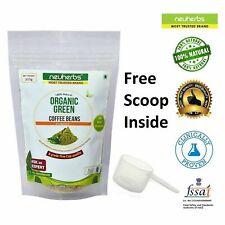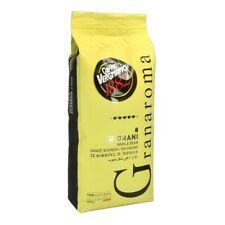A Warm welcome to the new Home Coffee Roaster Hub

The site was created as there isn't a main site for all Home Coffee Roaster Owners to meet together under one roof, so we hope you'll join us and be part of our Club where you can share your machine experiences, get advice, give advice, and get tips and obtain Roast Profiles etc...
I'm looking for 1 Moderator's and Contributor's who'll help me build the site with useful info and much more...any suggestions about what you'd like to see included, are most welcome!
Thank you, and hope you'll Register soon!


 Category (bottom-up)
Category (bottom-up)


 Latest Home Coffee Roaster Articles
Latest Home Coffee Roaster Articles Home Coffee Roaster Poll
Home Coffee Roaster Poll Recent Blog Posts
Recent Blog Posts
























